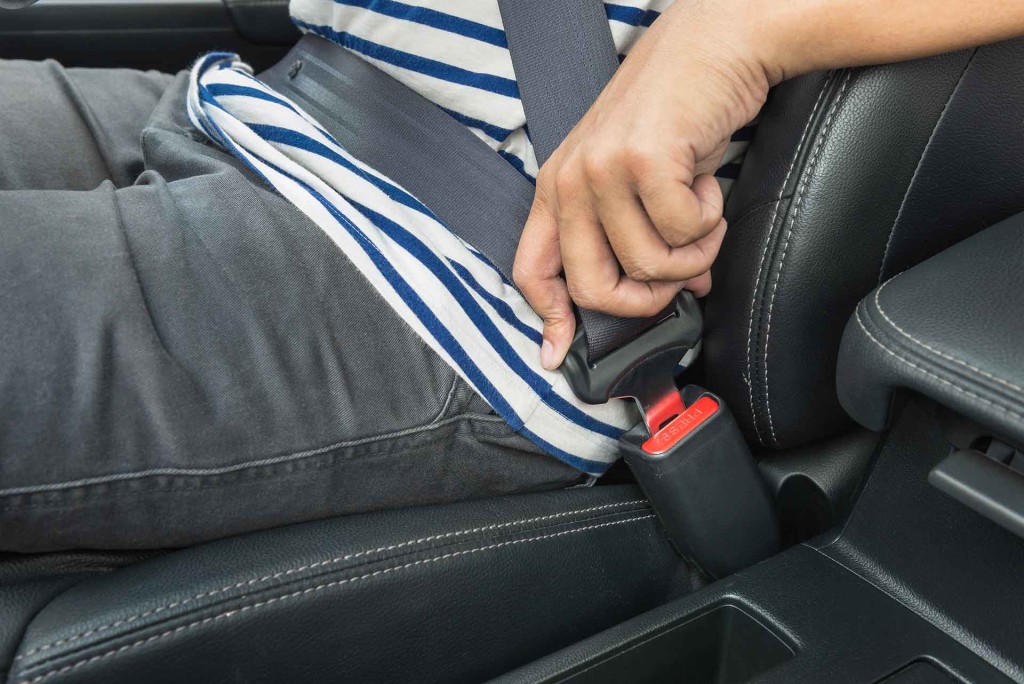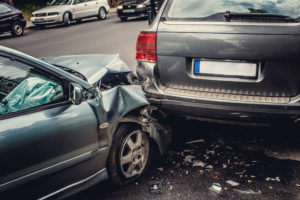Ohio’s traffic laws play a critical role in determining the outcome of car accident claims, from fault assessment to compensation eligibility. While some traffic laws may seem straightforward, Ohio’s specific rules and regulations can significantly impact how your claim is handled. Understanding these laws is essential for anyone involved in a car accident in Ohio, as even a seemingly minor legal nuance could be the difference between receiving fair compensation and losing out on your claim.
In this blog, we’ll explore Ohio’s unique traffic laws and how they can affect your car accident claim, helping you navigate the legal landscape with confidence.
Ohio’s At-Fault System and Comparative Negligence

One of the most important traffic laws affecting car accident claims in Ohio is the state’s at-fault system. Ohio follows a comparative negligence rule, which means that fault is not always entirely on one driver. Instead, fault can be divided among multiple parties based on their contribution to the accident. Under Ohio’s modified comparative negligence rule, you can recover compensation only if you are less than 51% at fault for the accident.
This rule can have a huge impact on your claim. For example, if you are found to be 20% at fault for the accident, your total compensation will be reduced by that percentage. If the damages total $100,000, you would only be eligible to recover $80,000. However, if your fault is determined to be 51% or more, you won’t be able to recover any compensation at all. This makes it critical to have strong legal representation to ensure your fault is minimized in any settlement negotiations or court proceedings.
Ohio’s Seat Belt Laws

Seat belt laws can also play a role in how your car accident claim unfolds. Ohio requires all drivers and front-seat passengers to wear seat belts, and while failure to wear a seat belt cannot be used as evidence of fault, it can still affect your claim. If you were not wearing a seat belt at the time of the accident and sustained injuries, the opposing side might argue that your injuries were exacerbated by your failure to comply with seat belt laws, which could reduce the amount of compensation you receive.
For example, if your injuries could have been less severe had you been wearing a seat belt, the insurance company or court may reduce the compensation for your injuries, even if the other driver was fully responsible for the crash.
Texting and Driving in Ohio

Distracted driving, particularly texting while driving, is another critical factor that can influence your claim. Ohio has strict laws against texting while driving, and the state considers it a primary offense for drivers under 18. For adult drivers, texting while driving is a secondary offense, meaning you can only be cited if you are pulled over for another traffic violation.
If the driver who hit you was texting or otherwise distracted at the time of the accident, it could strengthen your claim. Proving that the other driver was engaging in distracted driving could result in a determination of fault against them, potentially increasing your compensation. Conversely, if you were found to be texting and driving when the accident occurred, it could severely damage your claim, especially if it contributed to the crash.
Ohio’s Right-of-Way Rules
Ohio’s right-of-way laws are another critical factor that can affect your car accident claim. Understanding these laws can help determine fault, especially in accidents at intersections or involving pedestrians. Ohio law states that drivers must yield the right of way to:
- Pedestrians in marked or unmarked crosswalks
- Vehicles that have already entered an intersection
- Vehicles in the opposite direction when making a left turn
If a driver violates these rules and causes an accident, they are likely to be found at fault, which could help strengthen your claim. However, if you are the one who failed to yield the right of way, even unintentionally, this could impact your ability to recover compensation.
Speeding and Ohio’s Basic Speed Law

Ohio’s basic speed law states that drivers must not drive at a speed greater than is reasonable or proper given the road conditions, regardless of the posted speed limit. This means that if you’re driving the speed limit but road conditions—such as weather or traffic—make that speed unsafe, you could still be found at fault for speeding.
For example, if you were driving at the posted speed limit but failed to slow down during icy or rainy conditions, and this caused an accident, you might be found partially at fault under Ohio’s comparative negligence rule. Even if another driver was involved, your compensation could be reduced based on your share of fault due to unsafe speed.
Conversely, if the other driver was speeding or failed to adjust their speed for road conditions, this could work in your favor, potentially increasing your compensation.
Ohio’s Unique Rules for Work Zones
Accidents in construction or work zones are treated with particular seriousness in Ohio, where fines and penalties are often doubled. If an accident occurs in a construction zone and a driver violated a work zone rule—such as exceeding the reduced speed limit—their fault in the accident will likely be increased.
Moreover, Ohio law requires motorists to move over or slow down when approaching vehicles with flashing lights, such as emergency vehicles, tow trucks, and construction crews. If a driver fails to follow this law and causes an accident, this violation will be used to assign fault.
Ohio’s Statute of Limitations for Car Accident Claims

Finally, Ohio’s statute of limitations is a critical legal aspect that affects your ability to file a car accident claim. In Ohio, you generally have two years from the date of the accident to file a personal injury lawsuit. If you miss this deadline, you may be barred from recovering any compensation, regardless of the strength of your claim.
It’s important to act quickly after an accident, not only to preserve evidence and ensure you meet the statute of limitations but also because car accident claims can take time to investigate and negotiate.
Conclusion
Ohio’s traffic laws are designed to keep drivers safe, but they can also complicate car accident claims. Whether it’s the state’s comparative negligence rule, distracted driving laws, or specific rules for work zones, understanding how these laws apply to your case is essential for maximizing your compensation.
Consulting with an experienced Ohio car accident lawyer can help you navigate the complexities of Ohio’s traffic laws and protect your legal rights after an accident. Reach out to 1Ohio at [phone] today for help.




